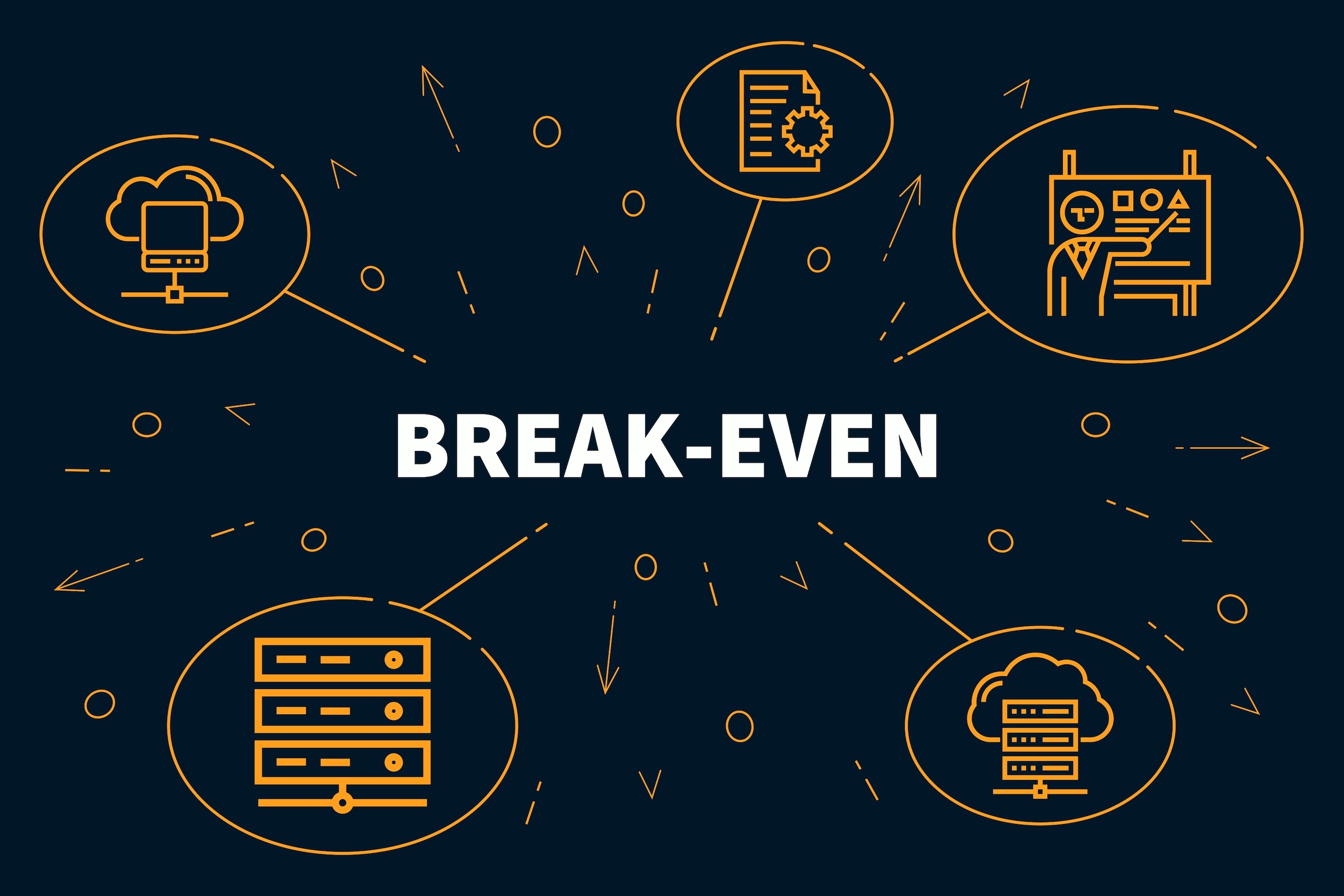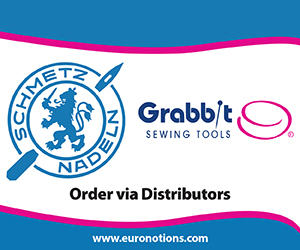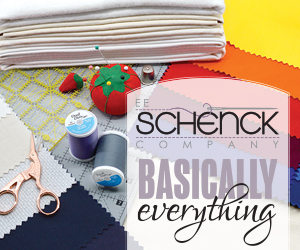
Growing a business is hard but it shouldn’t be impossible. Read on to find your company’s sweet spot and accomplish your financial goals.
The Sweet Spot
According to “The Pumpkin Plan” by Mike Michalowizc, there is something called the sweet spot that helps you grow your business. Just like growing a large pumpkin requires the right seed, growing a company requires the right strategy. That’s where the sweet spot comes in.
There are three elements of the sweet spot including top customers, unique offering, and systemization.
Customers
As you know, top customers aren’t the people who buy the most. Top customers are the people you want to work the most with. Make it a goal to find top customers. Then work feels like helping a friend.
Unique Offering
Your unique offering sets you apart from competitors. Michalowizc refers to it as your AOI or Area of Innovation. The Area of Innovation consist of three things: quality, price, and convenience. Try to focus on one. If you focus on two, it can cause you to fail.
Note, focusing on price is a slippery slope. It’s a long, uphill battle and can be very difficult. So ask yourself, do you want to be BMW (quality), Walmart (price), or Amazon (convenience)?
Systemization
Last but not least, systemize. This means optimizing your employees, technology, and processes to be as efficient as they can be.
Inspiration for this post came from “Finding Your Sweet Spot” by Jacob Curtis, CPA published in the June 2022 issue of American Quilt Retailer.
If you’re looking for more information to guide you in owning a retail business, subscribe to American Quilt Retailer today. Already a subscriber? No worries—join our Facebook group for insights and dialogue from industry specialists like you. And don’t forget, you can always purchase single issues if you prefer that instead.








